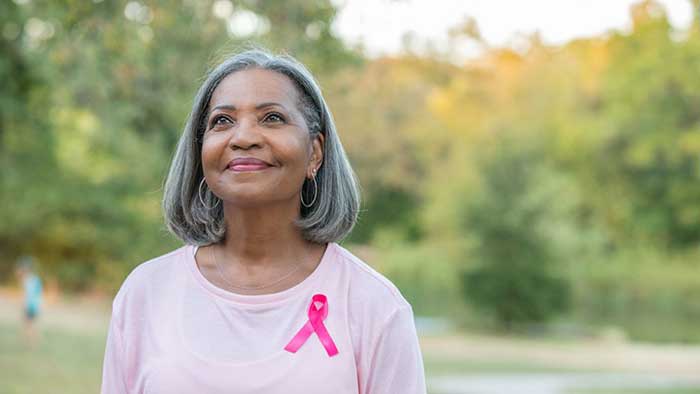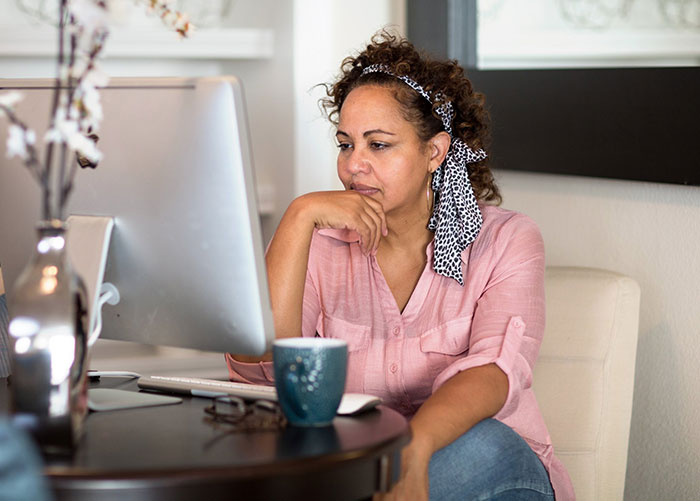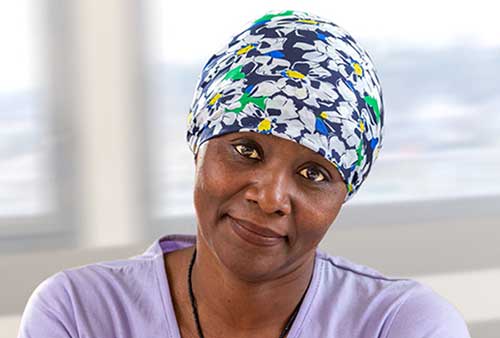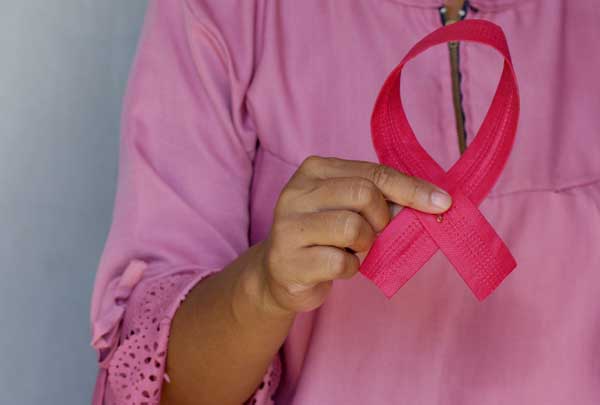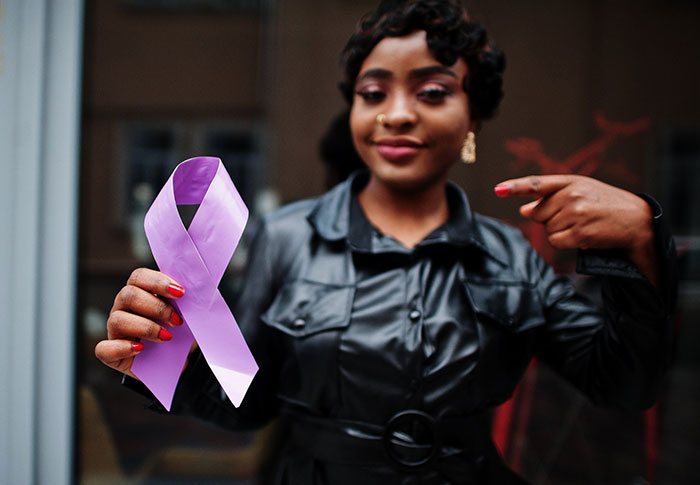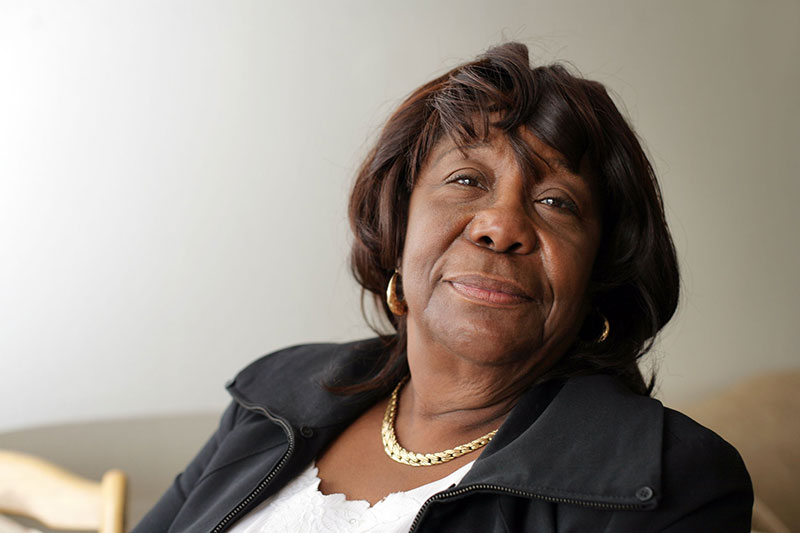Author Archives: aabca
The African American Breast Cancer Alliance (AABCA) raises critical breast cancer awareness and empowers Black women with lifesaving information. In October 1990, nine Black women came together to discuss their […]
Larry Fitzgerald is driven by his mother, Carol Fitzgerald, who passed away from breast cancer in 2003 and has made it his mission to provide funding opportunities, resources, and […]
In cancer care, doctors specializing in different areas of cancer treatment—such as surgery, radiation oncology, and medical oncology—work together with radiologists and pathologists to create a patient’s overall treatment plan […]
Printable Files Treatments Recurrence
Breast Cancer 411 is general information to help you understand breast cancer: • Facts and myths • Signs, symptoms and types • Detection tests, tools and technologies • Statistics • […]
This article written by the American Cancer Society, published February 14, 2022 For decades, lung cancer has been the leading cause of death from cancer for both Black and White […]
Breast cancer is a major health concern for black women of all ages. Why? Black women are more likely to die from breast cancer than women from other ethnic groups. […]
The older you are the greater your risk of getting breast cancer. Experts believe that one in eight women who live to age 80 or more will get the disease. […]
Younger women can and do get breast cancer. Breast cancer is not an “old women” disease. It is estimated that more than 250,000 women diagnosed with breast cancer living in […]
- 1
- 2

